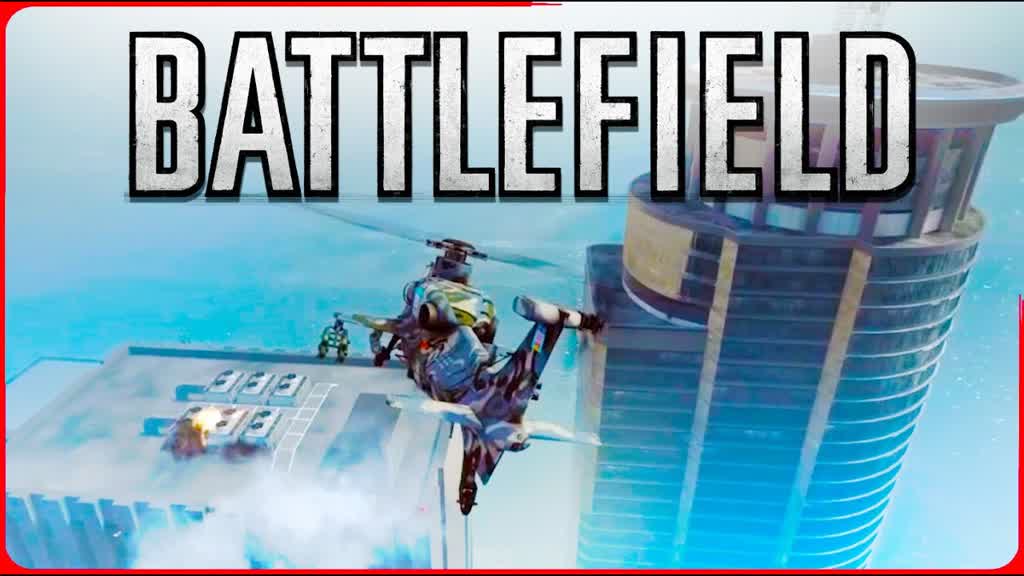Nintendo has upgraded many games from the original Switch to Switch 2, with The Legend of Zelda: Breath of the Wild and its sequel Tears of the Kingdom receiving the most notable enhancements. These include clearer visuals, smoother frame rates, and a new companion service called “Zelda Notes.” However, GameSpot criticizes this feature, arguing that despite its novelty, it somewhat contradicts the core appeal of the game: the thrill of unknown exploration.
Through the Nintendo Switch mobile app, players can access “Zelda Notes,” which offers various assistive functions. One such feature, “Navigation,” allows players to mark points of interest on the map—such as undiscovered Koroks, shrines, or treasures—and provides voice guidance (including Mandarin support) to lead players directly to these targets. For completionists, this seems like a blessing, given the vast and daunting world of Breath of the Wild and Tears of the Kingdom, saving them from repetitive searching or consulting guides.
The problem lies in the fact that the most enchanting aspect of the Zelda series is the serendipitous discovery. Whether it’s a sudden detour inspired by a distant mountain or stumbling upon a hidden quest while wandering, this sense of free exploration is the essence of the game’s design. The “Navigation” feature, by marking objectives directly on the map, reduces the experience to a checklist task, stripping away the joy of exploration.
Ironically, the game already provides more subtle guidance: players can sense undiscovered shrines through the Sheikah Slate and hear audio cues near Koroks. These designs offer hints while preserving the satisfaction of self-discovery. Compared to these, the “Navigation” feature feels too straightforward, diminishing the sense of accomplishment in finding objectives.
“Zelda Notes” also includes a daily roulette reward system, granting temporary buffs like short-term defense or speed boosts (similar to food effects), or repairing a broken weapon (though with a very low probability and limited to once per day).
While these rewards have limited impact, the weapon repair option conflicts with the game’s core design. The weapon durability system in Breath of the Wild and Tears of the Kingdom encourages players to continuously explore and gather new resources. The chance to repair weapons, even if rare, undermines this tension.
GameSpot believes Nintendo faced a dilemma designing “Zelda Notes”: balancing convenience for core players without damaging the carefully crafted exploration experience. The service achieves this goal by providing practical tools for those wanting quick completion, but for players who prefer pure self-guided exploration of Hyrule, it might be better left unused.
As one GameSpot editor experienced while testing the “Navigation” feature: when the app marked nearby undiscovered Koroks, they could have easily followed the guidance to collect them all but chose instead to turn off the app and wander aimlessly, unexpectedly discovering a cave they had never noticed before. This, perhaps, is the true charm of The Legend of Zelda.
Gamers, when playing The Legend of Zelda, do you prefer immersive exploration or following guide-based navigation?



